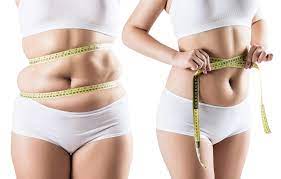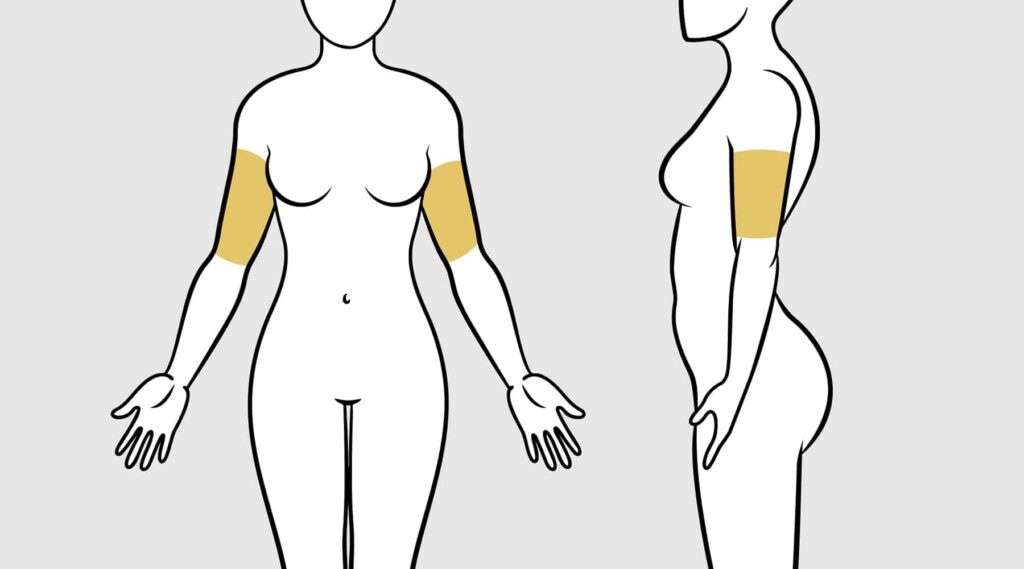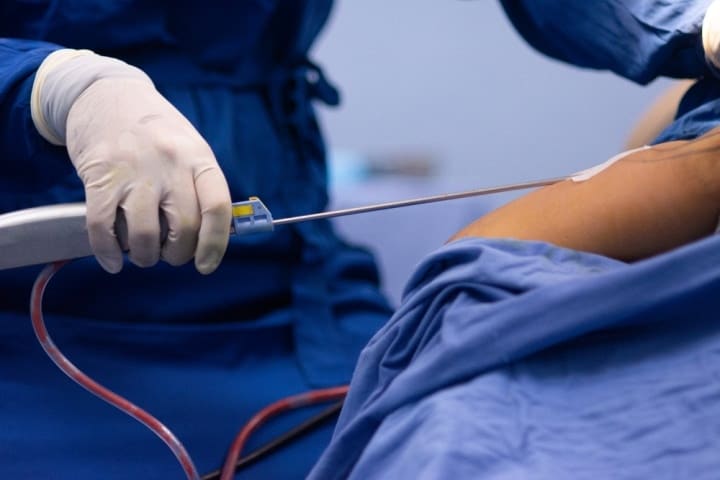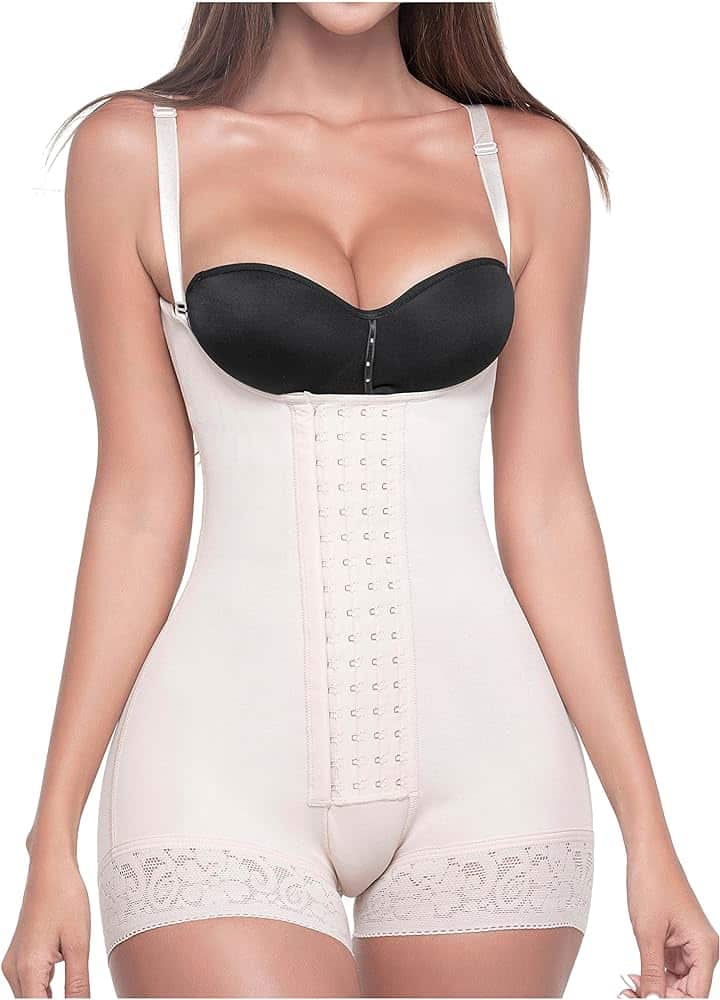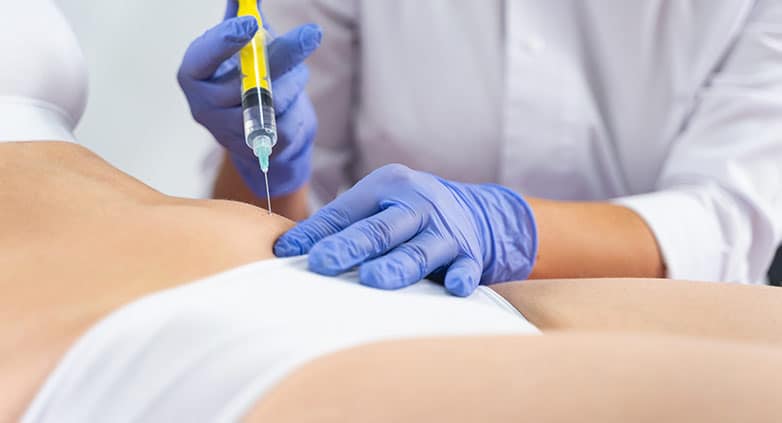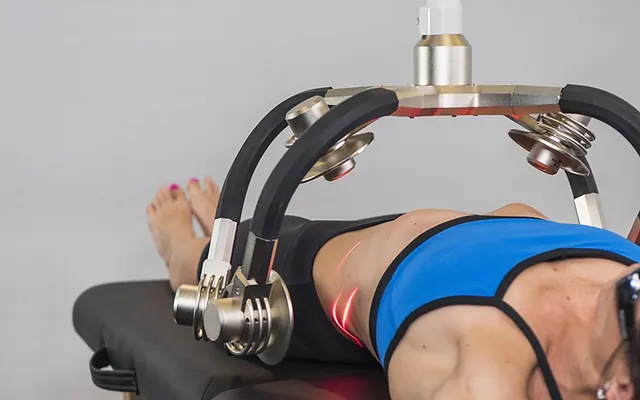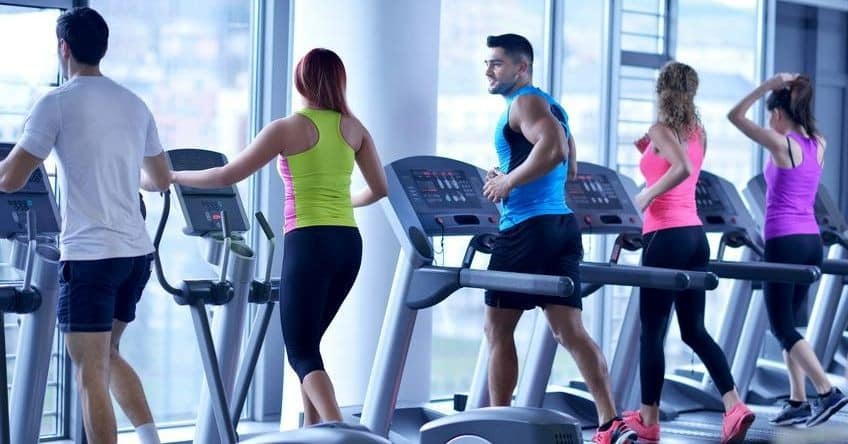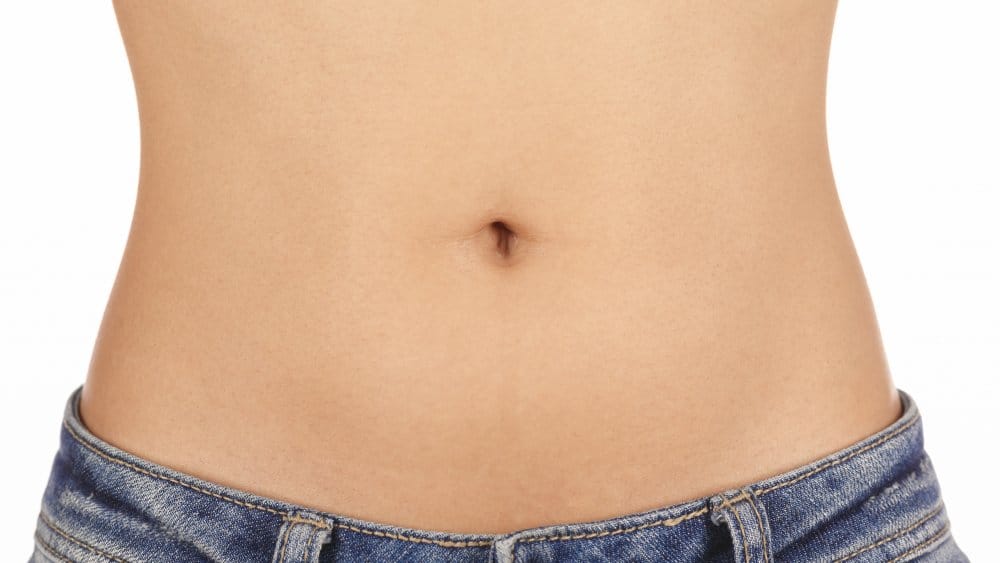Many people wonder, “Is AirSculpt® covered by insurance?” This question is crucial for those considering this body contouring option, especially compared to liposuction procedures, tummy tuck, and significant skin tightening with vast liposuction experience. Unlike traditional liposuction, AirSculpt® offers a minimally invasive approach that meets the needs of those seeking a tummy tuck or body lift procedure, with quicker recovery times. However, it often comes with a higher price tag.
Insurance coverage can vary significantly based on individual plans, specific medical needs, and the verification of security connections. Some may find that certain aspects of the procedure are covered for verification needs, while others are not verifying security. Understanding your options is essential before making a decision. We’ll break down what you need to know about AirSculpt® and insurance coverage, helping you navigate this important financial aspect of your journey, ensuring your needs for security and verification are met through our connection.
Understanding Health Insurance for Cosmetic Procedures
Cosmetic Procedures
Cosmetic procedures include surgeries like liposuction, tummy tucks, and body lifts. These surgeries aim to improve appearance rather than address medical issues. Most health insurance plans do not cover these types of procedures, as they need verification for security and connection. Insurers typically classify them as elective surgeries.
Insurance Coverage
Most cosmetic procedures are not covered by insurance. Insurers consider these surgeries unnecessary for health. They focus on treatments that improve health or treat medical conditions needs, security, connection, verification. For example, a tummy tuck may not be covered because it is seen as an enhancement rather than a medical need, lacking the necessary verification and connection to health needs for security.
e patients seek cosmetic surgery clinics to enhance their bodies through fat removal capabilities, ensuring their needs for security and verification are met through a strong connection. However, coverage can vary based on the procedure’s purpose. If a procedure addresses a specific medical issue and needs verification, insurers might reconsider for security and connection.
Exceptions to Coverage
Certain circumstances can lead to insurance coverage for cosmetic procedures, needs verification and security in connection. For instance, if a liposuction procedure is deemed medically necessary and needs verification, it may qualify for coverage with security in the connection. This often applies when significant weight loss efforts need connection, resulting in excess skin or other complications for security and verification.
Health savings accounts (HSAs) can also help cover costs related to cosmetic procedures needs for security and verification connection. Patients can use funds from HSAs for qualified expenses. This option provides some financial relief even if insurance does not cover the procedure, ensuring security and connection for those in needs with proper verification.
Another exception includes reconstructive surgeries following accidents or illnesses. These surgeries aim to restore function and appearance after trauma or disease. In these cases, insurers recognize the medical necessity and provide coverage for the needs, with verification of the connection for security.
Criteria for Insurance Coverage
Common Criteria
Insurers often use specific criteria for verification to determine insurance coverage for procedures like AirSculpt®, ensuring security and a connection to policy guidelines. These criteria include the patient’s medical history, the procedure’s purpose, expected outcomes, verification, security, and connection. Insurers usually assess the verification of whether the procedure is deemed medically necessary or purely cosmetic, ensuring security in the connection to medical standards.
Many insurance companies require documentation of prior treatments. This might include records of failed attempts at weight loss or other non-surgical methods for verification, connection, or security. Insurers may also look for conditions like security, obesity-related health issues, connection, and verification. These can include diabetes, hypertension, or sleep apnea. Such conditions can support a claim for comprehensive body procedures verification, connection, and security.
Medical Necessity
Medical necessity plays a crucial role in insurance decisions. It refers to the verification of whether a procedure is essential for the patient’s health and well-being, ensuring a connection to their overall security. If AirSculpt® is recommended to treat an underlying medical condition with verification, insurers are more likely to cover it.
Patients must provide verification evidence showing that the procedure addresses a specific health issue. For instance, if a doctor states that excess fat contributes to a medical problem, this can strengthen the case for coverage. On the other hand, if the procedure is solely for aesthetic reasons, approval is less likely.
Documentation Requirements
Documentation is vital when seeking insurance coverage for AirSculpt®. Patients should gather all relevant medical records before applying. This includes notes from consultations and previous treatments. Insurers often require clear evidence that supports the claim of medical necessity.
Pre-authorization is another important step in the process. Many insurers mandate pre-approval before proceeding with any cosmetic procedure. This means patients must submit their request to the insurance company first. The insurer will then review the information and decide on coverage.
Patients should be prepared for possible additional requests from their insurer. Sometimes, insurers ask for further details or clarification about the procedure. Responding quickly and accurately can help speed up the approval process.
Final Thoughts
Understanding these criteria helps patients navigate insurance coverage for AirSculpt®. Knowing what insurers look for can empower individuals when discussing options with their healthcare providers. Gathering thorough documentation and proving medical necessity are key steps in this journey.
What is AirSculpt®
AirSculpt® is a modern body contouring technique. It stands apart from traditional liposuction methods. This procedure utilizes a patented technology that removes fat without the need for general anesthesia. Instead, it employs local anesthesia, which minimizes recovery time and discomfort.
Advanced training in AirSculpt® is crucial for practitioners. Surgeons must complete specialized courses to master the technique. This ensures they are skilled in using the equipment safely and effectively. Traditional liposuction often involves larger incisions and can lead to more trauma to the surrounding tissues. In contrast, AirSculpt® uses smaller entry points, which reduces scarring.
AirSculpt® targets specific areas of fat. Common treatment areas include the abdomen, thighs, arms, and back. Patients often seek this procedure for body sculpting rather than weight loss. The method allows for precise fat removal, creating smoother contours.
Benefits of AirSculpt® include quicker recovery times and less pain post-procedure. Many patients experience minimal bruising compared to traditional methods. The results can be seen almost immediately after the procedure. This immediacy contributes to high satisfaction rates among patients.
Patient satisfaction with AirSculpt® is noteworthy. Studies show that many individuals report feeling happier with their body shape after treatment. A significant number of patients recommend the procedure to others based on their experiences. Positive testimonials highlight the effectiveness of fat removal and improved body confidence.
The popularity of AirSculpt® has grown over recent years. More people are becoming aware of its benefits compared to traditional liposuction techniques. Social media plays a role in spreading information about successful results and satisfied clients.
Factors Affecting AirSculpt® Coverage
Medical Necessity
Medical necessity plays a crucial role in determining whether insurance covers AirSculpt® procedures. If a doctor deems the procedure medically necessary, it increases the chances of getting coverage. For example, patients who have experienced significant weight loss may seek body sculpting options to remove excess skin. In these cases, insurance companies might consider the procedure essential for improving health and quality of life.
Insurance companies often require documentation from healthcare providers. This documentation should clearly state why the procedure is necessary. Without this, getting approval can be challenging. Patients must work closely with their doctors to ensure all required information is submitted.
Individual Policies
Individual insurance policies vary widely in their coverage for cosmetic procedures. Some plans cover certain body sculpting options while others do not. It’s important for patients to review their specific policy details before considering AirSculpt®.
Many policies classify body contouring as cosmetic surgery. As a result, they may exclude it from coverage altogether. Patients should contact their insurance provider directly to ask about their specific plan’s stance on AirSculpt®. They can request detailed explanations regarding what is covered and what is not.
Provider Networks
The network of healthcare providers also impacts insurance coverage decisions. Insurance companies often have agreements with specific surgeons or clinics. If a patient chooses a provider outside of this network, they may face higher out-of-pocket costs or no coverage at all.
Patients should verify if their chosen facility offers AirSculpt® within their insurance network. If not, they might need to consider alternative options or pay entirely out-of-pocket for the procedure.
Cost Considerations
Costs associated with a single AirSculpt® session can be significant. This includes not just the procedure itself but also potential follow-up visits and related expenses. Understanding these costs upfront helps patients make informed decisions.
e clinics offer financing options or payment plans for those without insurance coverage. Exploring these options can provide financial relief for patients seeking body sculpting treatments.
Medical Necessity and Insurance
Definition
Medical necessity refers to healthcare services that are essential for diagnosing or treating a medical condition. Insurers often require that treatments be deemed medically necessary before they will provide coverage. This means the procedure must be appropriate and effective for the patient’s specific health issue.
Coverage Criteria
A procedure like AirSculpt® may be covered if it meets insurance criteria for medical necessity. Health insurance plans typically evaluate whether a treatment is needed based on several factors. These include the patient’s overall health, the severity of the condition, and available alternative treatments.
If a doctor recommends AirSculpt® as a solution to a serious health issue, insurance might cover it. For example, if excess fat leads to significant health problems such as diabetes or heart disease, insurers may consider it necessary. In these cases, AirSculpt® could be seen as a way to improve the patient’s health and reduce future medical costs.
Documentation Requirements
To prove medical necessity, specific documentation is often required. Patients need to gather detailed information from their healthcare providers. Here are some examples of what might be needed:
- Physician’s Letter: A letter from a doctor explaining why AirSculpt® is necessary for the patient’s health.
- Medical History: Records detailing previous treatments and their outcomes related to the condition.
- Diagnostic Tests: Results from tests that support the need for the procedure.
Each insurer may have different requirements for documentation. Patients should check with their insurance company to understand what is needed. Proper documentation helps ensure that claims are processed smoothly.
Impact on Coverage Decisions
Insurers review all submitted documents carefully. They assess whether AirSculpt® aligns with established medical guidelines. If they find that the procedure is not medically necessary, they will likely deny coverage. This decision can lead to significant out-of-pocket expenses for patients.
Understanding how medical necessity works can help patients advocate for themselves. They should communicate openly with their doctors about their needs and concerns. Doctors can then provide the necessary documentation to support insurance claims.
Patient Circumstances and Coverage
Health Conditions
Individual health conditions significantly impact insurance coverage for AirSculpt®. Insurers often assess a patient’s medical history and current health status. For example, individuals with obesity may find it easier to get coverage if they have related health issues, such as diabetes or hypertension. These conditions can make the procedure more necessary from a medical standpoint.
Patients with massive weight loss might also see different outcomes. If someone has lost a considerable amount of weight, they may experience excess skin or other complications. In these cases, insurance companies might consider the procedure more medically necessary.
Physician’s Recommendation
A physician’s recommendation plays a crucial role in obtaining coverage. Doctors must provide documentation supporting the need for AirSculpt®. This documentation should outline how the procedure aligns with the patient’s health goals and needs. A strong recommendation can help in filing claims successfully.
In many instances, insurers require proof that other methods, like diet and exercise regimens, were attempted without satisfactory results. If patients have followed specific diets or rigorous exercise plans but still struggle with stubborn fat areas like thighs, this evidence can strengthen their case for coverage.
Patient Scenarios
Certain patient scenarios increase the likelihood of insurance coverage for AirSculpt®. For instance, someone who has undergone significant weight loss after bariatric surgery may qualify for coverage. Insurance companies often view body contouring procedures as essential when linked to prior surgeries aimed at treating obesity.
Patients who have experienced physical discomfort due to excess skin might also find support for their claims. If the excess skin leads to rashes or infections, insurers may consider it medically necessary to cover the procedure.
Another scenario involves patients who face psychological distress due to their weight or appearance. If a physician documents how this affects a patient’s mental health, it can sway insurance decisions favorably.
How to Verify AirSculpt® Coverage
Contact Insurance Provider
Start by reaching out to your insurance provider. They can give you the most accurate information regarding coverage for AirSculpt®. Insurance policies vary widely. Each plan has different rules and exceptions. Speaking directly with a representative helps clarify what is included.
Prepare a list of questions before you call. Ask if AirSculpt® is considered a cosmetic procedure under your plan. Some plans may only cover procedures deemed medically necessary. If your policy covers it, request details on any co-pays or deductibles.

Review Policy Documents
Check your insurance policy documents for specifics about coverage. Look for sections that discuss cosmetic surgery or body contouring procedures. This can provide insight into whether AirSculpt® is included.
Pay attention to any exclusions listed in the policy. Many plans have strict definitions of what constitutes cosmetic versus reconstructive surgery. Understanding these terms can help determine eligibility for claims.
If the documents are unclear, take notes on any ambiguous language. This will be helpful when discussing with your insurance provider later.
Consult Healthcare Provider
Consult with your healthcare provider for additional support. They can assist in navigating insurance matters related to AirSculpt®. A healthcare provider may have experience dealing with various insurance companies and their coverage policies.
They might also provide documentation that supports your case for coverage. Medical necessity letters can play a vital role in convincing insurers to approve claims. Your provider can explain the benefits of the procedure in relation to your health needs.
Discuss your situation openly with them. Share why you believe AirSculpt® is necessary for you. This dialogue can help them tailor their recommendations and support.
Gather Required Documentation
Gather necessary documentation before contacting your insurance company or healthcare provider. This includes medical records, previous treatments, and any referrals from doctors. Having these ready makes the process smoother.
Keep copies of all correspondence with your insurance company. Document dates, names of representatives, and what was discussed during phone calls or meetings.
Taking these steps ensures you have a comprehensive understanding of your coverage options for AirSculpt®.
Contacting Your Insurance Provider
Reaching out to your insurance provider is a crucial step. Start by preparing specific questions. This helps you get the most accurate information regarding AirSculpt® coverage.
Prepare Questions
List down your questions before making the call. Ask about coverage specifics for AirSculpt® procedures. Inquire if there are any exclusions or limitations. Knowing the answers can save time and reduce confusion later.
Consider asking about the following:
- Is AirSculpt® considered a cosmetic procedure?
- What factors influence coverage decisions?
- Are there alternative procedures that might be covered?
Having these questions ready can lead to a more productive conversation with your insurer.
Pre-Authorization Needs
Understanding pre-authorization is vital. Many insurance policies require this before any procedure. It acts as a way for insurers to review and approve treatments beforehand. Ensure you ask your provider if this is necessary for AirSculpt®.
Inquire about required documentation as well. Some insurers may need medical records or a letter from your doctor. Knowing what documents to prepare can speed up the process.
Keep Records
Maintaining a record of all communications is essential. Write down the date, time, and details of each conversation with your insurance provider. This includes noting the name of the representative you spoke with.
If you send emails or letters, keep copies of those too. These records can prove helpful if disputes arise later. They also serve as a reference for future conversations.
Follow-Up Actions
After your initial contact, follow up if needed. If your insurer promised to send information, check back in if it doesn’t arrive on time. Persistence can often lead to quicker resolutions.
Stay organized with all related paperwork as well. This includes any forms filled out and responses received from your insurance provider. Having everything in one place makes it easier to manage your case.
Understand Your Policy
Reviewing your insurance policy is another important step. Familiarize yourself with terms related to cosmetic surgery and coverage limits. This knowledge will empower you during discussions with your insurer.
Being informed about your policy can help clarify what AirSculpt® entails for coverage purposes. It also prepares you for potential out-of-pocket costs.
Reviewing Your Policy Details
Understanding your insurance coverage is crucial. Carefully reading your insurance policy can provide clarity on what is covered. Look for specific sections that discuss cosmetic procedures. These areas often outline what types of surgeries and treatments are eligible for coverage.
Insurance policies vary widely. Some may cover procedures deemed medically necessary, while others do not include cosmetic enhancements like AirSculpt®. Verification of your policy details will help you know if this procedure falls under your plan.
Most policies have a section dedicated to exclusions and limitations. This section typically lists procedures not covered by insurance. Cosmetic surgeries often appear here. Highlight these parts for easy reference.
If your policy mentions coverage for “advanced body” procedures, it may be worth investigating further. However, many insurers classify AirSculpt® as an elective cosmetic procedure. This classification usually means no coverage is provided.
Seek clarification from your insurer if any details remain unclear. Contact them directly with specific questions about AirSculpt®. They can provide insights tailored to your situation. Gathering information from multiple sources can also be beneficial.
Consider asking about the criteria used to determine medical necessity. Insurers sometimes require documentation or letters from healthcare providers to support claims for certain procedures.
Key Definitions
Understanding key terms in your policy is essential. Terms like “medically necessary” and “cosmetic” can significantly impact coverage decisions. Medically necessary procedures often receive approval more readily than cosmetic ones.
Documentation Needed
Prepare to gather documentation if you believe AirSculpt® might qualify for coverage. A letter from a qualified provider explaining the need for the procedure may help your case. Ensure all medical records are up-to-date and relevant.
Additional Resources
Look into resources available through your insurance company’s website. Many insurers offer online tools to check benefits and coverage options. These tools can simplify the process of understanding your policy.
In summary, reviewing your insurance policy is vital for determining if AirSculpt® is covered. Focus on specific sections that address cosmetic procedures and exclusions. Don’t hesitate to reach out to your insurer for clarity on ambiguous points.
Pensamientos Finales
Understanding whether AirSculpt® is covered by insurance can be tricky. You’ve learned about the factors affecting coverage, including medical necessity and individual circumstances. Each policy varies, so knowing your specific details is crucial.
Don’t leave your options to chance. Reach out to your insurance provider for clarity on your coverage. Review your policy, and ask the right questions. Being informed empowers you to make the best decision for your needs. Take action today and ensure you understand your financial responsibilities before proceeding with AirSculpt®. Your journey to a confident you starts with knowledge!
Frequently Asked Questions
Is AirSculpt® considered a cosmetic procedure?
Yes, AirSculpt® is generally classified as a cosmetic procedure. Most insurance plans do not cover cosmetic surgeries unless deemed medically necessary.
What criteria determine if AirSculpt® is covered by insurance?
Insurance coverage for AirSculpt® depends on medical necessity, specific health conditions, and individual policy details. Always check your plan for specifics.
How can I find out if my insurance covers AirSculpt®?
To verify coverage, contact your insurance provider directly. They can provide accurate information based on your policy and circumstances.
Does medical necessity impact AirSculpt® coverage?
Yes, if AirSculpt® is deemed medically necessary for health reasons, it may be covered by insurance. Documentation from a healthcare provider will typically be required.
Are there specific patient circumstances that affect coverage?
Yes, factors like existing health conditions or prior weight loss efforts can influence whether AirSculpt® is covered. Each case is evaluated individually.
What should I review in my insurance policy regarding AirSculpt®?
Look for sections on cosmetic procedures, exclusions, and coverage limitations. Understanding these details helps clarify potential costs and benefits.
Can I appeal an insurance denial for AirSculpt®?
Yes, if your claim is denied, you can appeal the decision. Provide additional documentation to support your case and demonstrate medical necessity.


